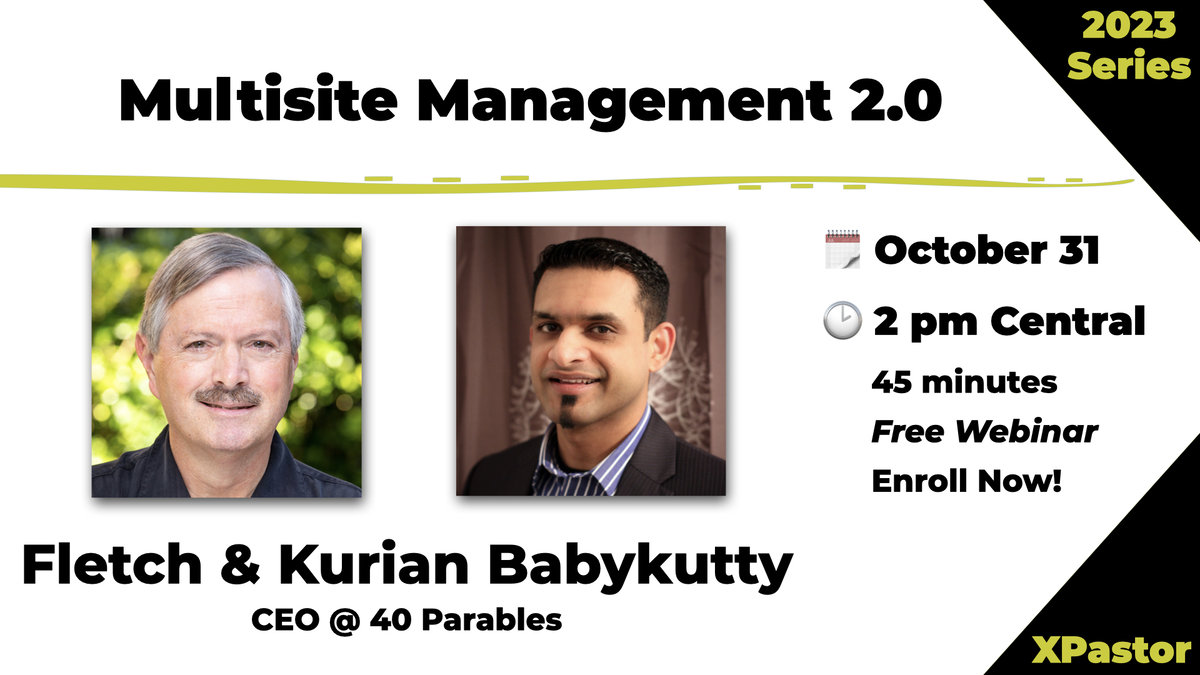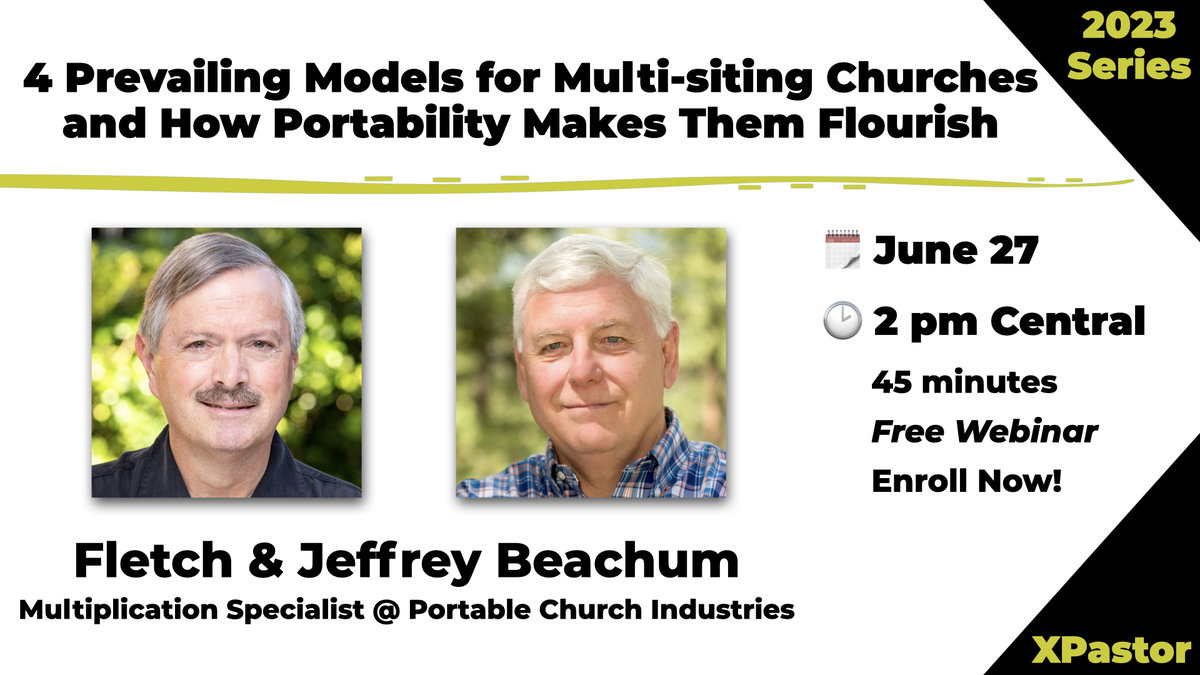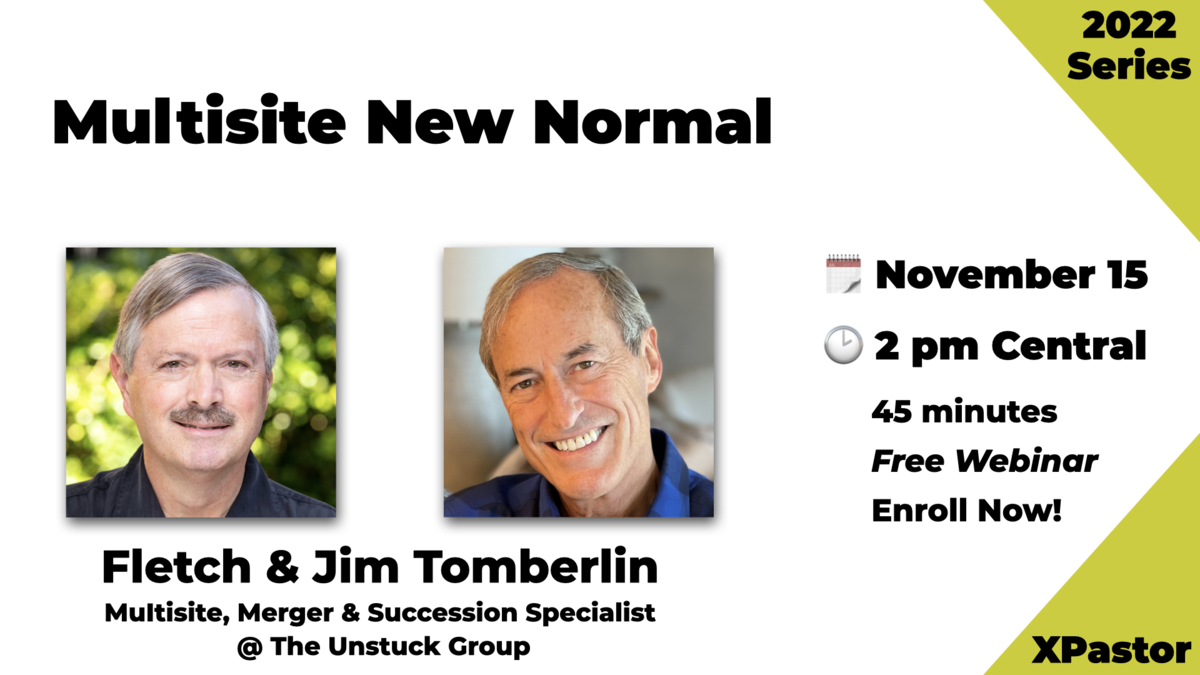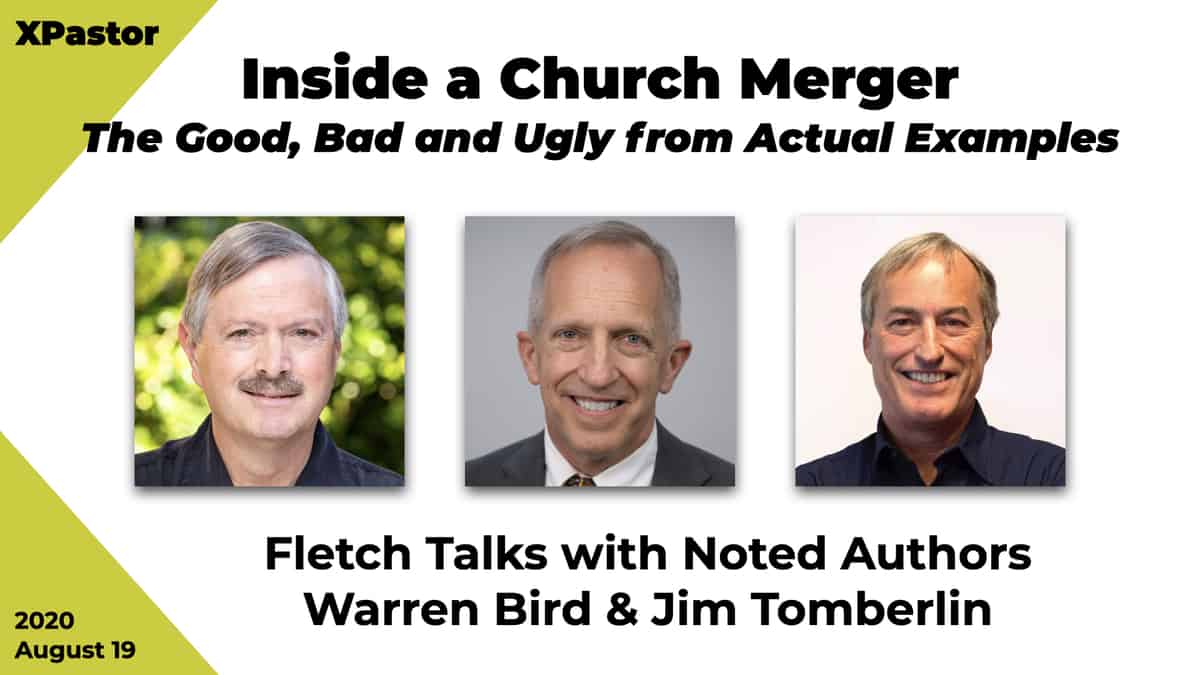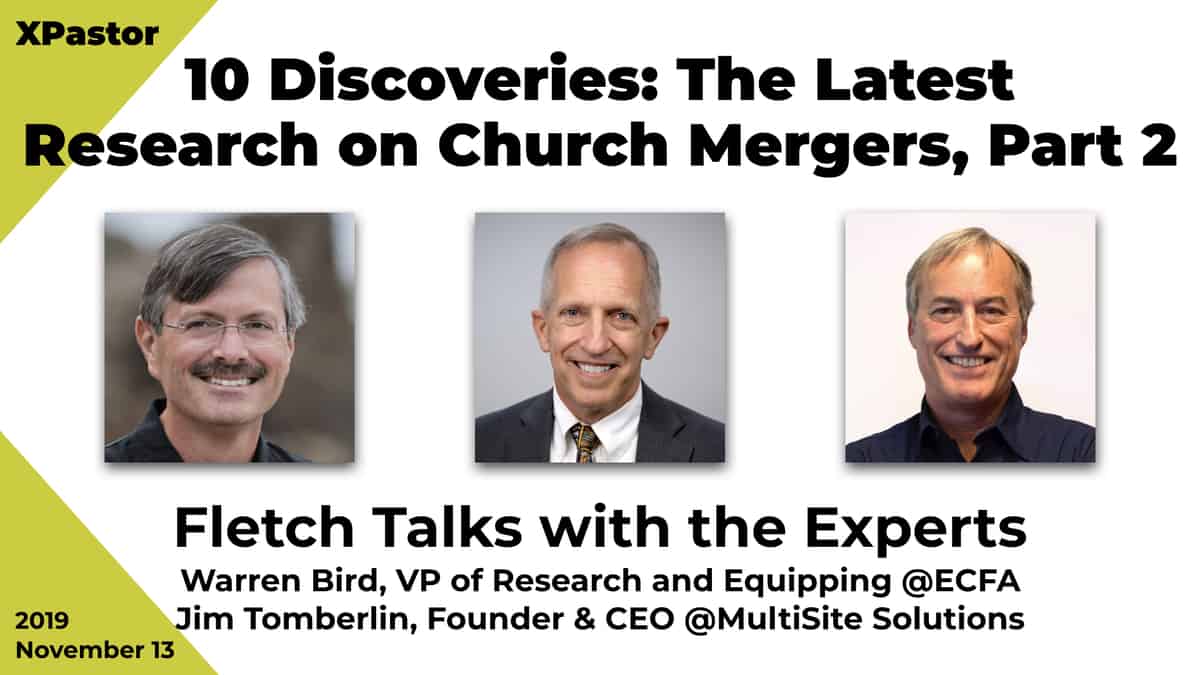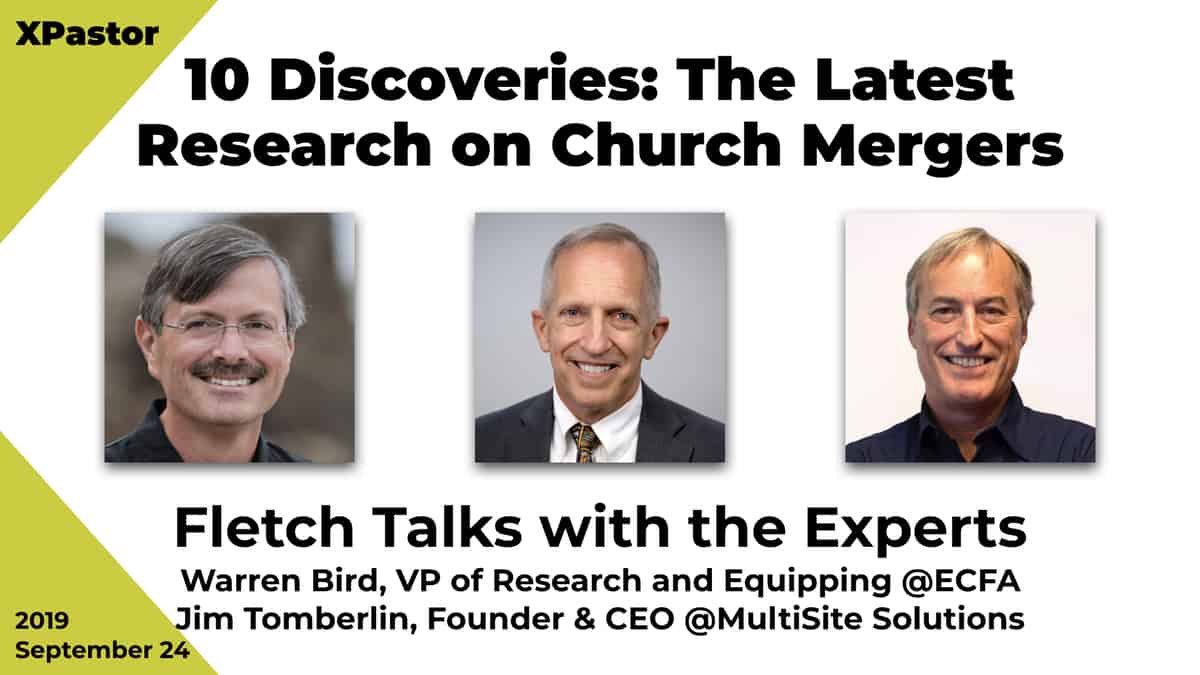When the modern multisite practices were started, I had the happy accident of being around. Working with our team at Leadership Network, we set up a gathering of 100 or so practitioners in Chicago in 2001. After that, Leadership Network spent time with multisite practitioners, helping them refine the practices, do the research and accelerate the movement. We continue to do so, even today, with a primary focus on those with large numbers of sites. The common issues impact all churches that use the multisite method for kingdom expansion.
Like many movements, multisite is a remake of many antecedents. As with other church practices, it has strengths and shortcomings. After almost twenty years of advising leaders of these churches, here is where the calls tend to focus. If you are asking these same questions, then you are normal.
Every approach has its own issues, and multisite adds a degree of complexity that single site churches don’t have to address. Sometimes the question comes from the Senior/Lead Pastor and sometimes from the Executive Pastor, but they tend to be in the following buckets. As you will see, they are often interrelated. They also tend to describe the friction and rubbing points that must be wrestled to the ground to continue the vision God gives to your church.
1. Why?
This question goes to the purpose for which the church felt called to do multisite in the first place. Why did we take on this headache?
This article won’t share right or wrong reasons to launch into multisite practice. God speaks to leaders and congregations and they must decide how their practice fits into God’s unique purpose for their congregation.
Many times a church goes in with one “Why?” and morphs into another. It is best to make that “Why?” explicit. On a regular basis determine, “Why we are doing this?”
Over the past five years many churches have fallen into the multisite practice—almost accidentally. For example, an area church sees your church thriving. Their own work is declining and reaches out for help—and sometimes, rescue. Another example is a denominational official seeing the same and encourages your church’s leadership to take on the other congregation.
Sometimes a pastor came with a great vision for the multisite approach and now that leader has departed. The new lead pastor is not so sure or doesn’t feel comfortable with the approach. Alternatively, the governing board may look at the finances and is watching closely the flow of funds. The board feels a site or two is not meeting their financial expectations and begins to ask serious questions about its viability.
These questions, and many others, should be addressed with defining the clear “Why is multisite right for our congregation?” When I do a consultation, I often anonymously survey multiple stakeholders and find dramatically different answers to the “Why?” question. This leads to misunderstood expectations and objectives in the longer term for the church.
2. Main/Central vs. the other locations
First, language matters. I always advise against calling anything “the main” or “central location.” In my consultations with churches, the label is not as critical as the mindset issues.
Most often there is naturally an “original campus.” When one campus is known as “main” or “central” or “base,” it gives some team members and attenders a sense of status. Those at one campus may feel superior and others inferior.
I was never fond of the term “satellite.” The image there is bodies revolving around what goes on at the star campus—with other locations being lesser bodies. My view is that a true multisite church is a family and confederation of various locations and congregations. They share the same vision, mission and governance, rather than a dominant church with outposts that are lesser groups.
My personal preference is to use geographic names for every site. If the name of the town is Central or Main, or Central Street and Main Street, great. You can use that. But others have other naming conventions as well that work better than central or main.
Second, focus on the relationship between the overall leadership and the campus leadership and programming.
Valid approaches recognize what decisions are made where to fit the context of each location. Some churches are more centralized and some decentralized but over time the issues change and appropriateness should be reviewed.
These issues should be revisited every few years as you grow and add campuses. That leads us to the next issue.
3. What worked two or three years ago isn’t working now
My guess is that half of my consulting conversations revolve around this bundle. In growing churches, leadership must look at structures and practices every three years or so, refining to fit the relevant context of now and looking forward.
Many churches adopted another church’s model of doing multisite to start with and that can work. But remaining in that approach and not morphing it as your church changes is a key mistake.
In addition, there are multiple models of philosophy, organization, structures and practices that work; just adopting another’s model can be a mistake.
What we found at Leadership Network over time is that churches that adopted another church’s model some years ago failed to realize that the church that was copied has now adapted their own approach to new forms.
Remarkably, many of the first churches to engage with Leadership Network in pioneering the practices of the movement eighteen years ago, are still involved in the groups to continue to morph, change and adapt to their own new situations and contexts. Number 4 is related to this.
4. What worked for two sites doesn’t work for four or more
Two site practices look different from four site practices. They are certainly different for more than four. Wrapping one’s head around that is challenging. To use a metaphor that my friend Larry Osborne uses in leadership, “you move from playing basketball to football.” While some great athletes can play both sports, the way we are coached, practice, run plays, and win looks different.
Most multisite congregations have two physical locations. For those, the practices can get stable and comfortable. But those that gradually expand beyond that begin to feel the need to reconstruct their model.
Many times churches that have added sites are still using approaches they used for the second site. That gets awkward, fast.
These churches often look for technology-type decisions to be the silver bullet. “If we just used xxx technology to tie our sites together we could make this work.” I am a believer in technology, and there are many that help multisite churches, the answers are more soft and cultural. They require more emphasis in wide-scale culture building.
5. “Financially this isn’t working”
Finally, the calls come in around the issues of money. When I dig around with boards and strategic staff leaders, initial assumptions on how finances work gets complicated. Often there is a different model applied to each site for very good reasons.
So one site might have been a takeover/merger situation that brought cash to the table at a crucial time in the system’s life. Or another site was developed as an intentional outreach center to an underserved area with no expectation of being self-supporting.
But then a key value or assumption gets changed and it appears the financial flows don’t seem to be working correctly. Then conversations shift to how to make it all work. These are natural conversations with upper level leaders.
But addressing them gets tricky. For help in answering these issues, the group needs to go back to issue 1: “Why are we doing this?” This clarifies the input needed for the financial conversations that should occur.
Conclusion
It isn’t easy, but well facilitated discussions, plans and action steps can help clarify and accelerate your work in this area. These issues need review every three or four years at high levels and with your leadership teams—both staff and lay.
The mark of a great leader is to address past views, assumptions and plans, revising them in light of current realities.


